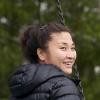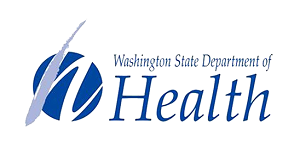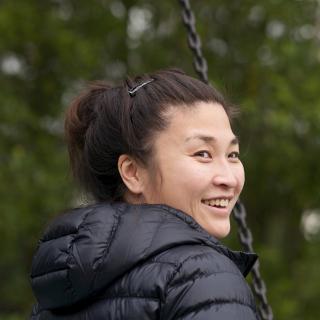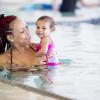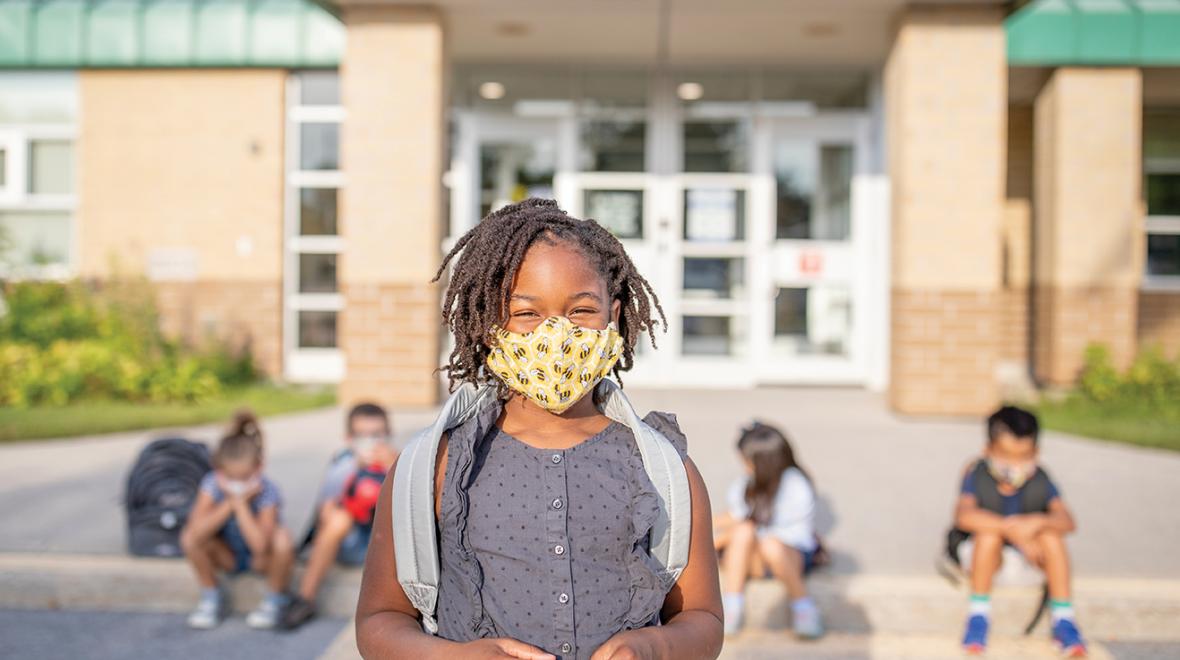
Editor's note: This article was sponsored by the Washington State Department of Health.
Anxious parents likely applauded Gov. Jay Inslee’s announcement in August about the vaccination requirement for school employees, but this far into the pandemic, no one expects that this requirement alone will be enough to mitigate the spread of the coronavirus in our schools. Elementary-age students are still not eligible to receive a vaccine, the delta variant is resulting in record hospitalization numbers for children, and it appears that even vaccinated individuals can unwittingly transmit the virus to others.
Consequently, masks, physical distancing, good hand hygiene and proper ventilation, along with a robust — and hopefully growing — population of vaccinated community members continue to represent the best strategies possible to help keep our kids safe.
“I think of each modality as a way to reduce your risk,” says Jasmin Zavala, M.D., an adolescent medicine physician and clinical director at Sea Mar Community Health Centers. “Nothing is going to be 100 percent foolproof. The vaccine is the best thing we have, and the next best things are masking and physical distancing; from there, we reinforce good hand hygiene, keeping surfaces clean, and good air circulation and ventilation.”
Prevention is better than cure
Authorization for teens ages 12–17 to receive the Pfizer-BioNTech COVID-19 vaccine this past spring helped alleviate some concern for parents with older kids. Zavala notes that commonly reported side effects for this age group are similar to those experienced by adults: muscle soreness at the vaccination site, headaches, and body aches and chills that last anywhere from a few hours to a few days.
Unlike during the initial onset of COVID-19, when data indicated that the elderly and those with other health complications, such as diabetes or asthma, were more vulnerable to developing more serious cases of the disease, the current increase in hospitalizations of children due to the delta variant doesn’t offer much insight into potential comorbidities. “Right now, I’d caution parents who think their kids are healthy and won’t get severely ill from COVID-19 against that type of thinking,” says Zavala. “None of us want our kids to come down with this and none of us want them to die from it.”
There have been a few reports of myocarditis in adolescent and young adult males after receiving their second dose of the COVID-19 vaccine, Zavala notes, but such cases are rare (about five cases per 1 million vaccinations, according to the latest data from the Centers for Disease Control and Prevention), and cases are commonly treated with over-the-counter medication and resolve quickly on their own. “It’s important for parents to know myocarditis is an inflammation of the heart, and that it is more likely caused by a viral infection than from the COVID-19 vaccine itself.”
A substantial amount of research has gone into the development of the available COVID-19 vaccines. “Overall, the vaccines are very safe. The intent of the vaccine is to reduce the seriousness of COVID-19, and reduce the likelihood of hospitalization or death. We do have a lot of concerns about the potential long-term effects of COVID-19 infections, including impacts on the cardiovascular system and MIS-C.” (Multisystem inflammatory syndrome in children, or MIS-C, is a condition in which different body parts in children can become inflamed, among them the heart, lungs, kidneys, brain, skin, eyes or gastrointestinal organs.)
Decades of data also support doctors’ recommendations that it is vitally important that children get caught up on their regular vaccinations as well. “It’s not going to be great to have a measles outbreak [concurrent] with the flu and COVID-19, not just because it’s not good for the health of the individuals but also because of the impact on the overall community, such as an increase in hospitalizations,” warns Zavala.
Communication is key with schools
Health-care professionals like Zavala empathize with the difficult position parents are in again this fall as they face a third school year affected by the pandemic and tough choices about school instruction and child-care solutions. She says there are a number of things parents can and should advocate for, both at the school and school-district levels.
First, parents should familiarize themselves with the Washington State Department of Health’s (DOH) updated school opening guidelines for the 2021–2022 school year. Parents should then inquire about what their child’s school is doing to meet these guidelines and recommendations.
Cases are likely going to happen in schools, and the DOH guidelines explain what the response will be. Because each district might follow those processes differently, concerned caregivers have a right to ask. “Parents should understand what that process would look like,” says Zavala. “How will families be notified of potential exposure? Where would [the school] recommend testing? A lot of procedures were established this past spring, but some things might have changed.”
Expect frequent testing
Medical professionals have noted that kids are now coming down with other respiratory illnesses, such as respiratory syncytial virus (RSV), during unseasonal times, and symptoms often overlap with those of a COVID-19 infection. Does this mean parents should rush to get their child tested at the earliest sign of a sniffle?
Yes, says Zavala, and she further notes that the absence of a fever does not automatically negate the possibility of a COVID-19 infection. “I do recommend everyone with any symptom gets tested,” she advises. Families looking for nearby testing locations can visit an interactive map on the DOH website.
Another important step that families can take is to opt in to their school’s testing plan. Allowing your child to be tested throughout the school year is a crucial way to help stop the spread of the coronavirus and keep more students in school. For more information on COVID-19 testing in Washington state schools, check out the Learn to Return website.
Zavala acknowledges, “It is a major task to ask parents and families to take on, and I think it’s important to keep in mind that we don’t have a better way right now. We have to continue doing what’s been working.”
Battle the fatigue
Evolving public health data, along with variations in how each school district, school and classroom will handle cases, and how forthcoming families might be with their own potential or confirmed exposures, add to the already overwhelming amount of trauma that families have experienced since the onset of the pandemic. Parents are tired.
Tona McGuire, Ph.D., a clinical psychologist and co-leader of the Department of Health’s Behavioral Health Strike Team, outlines the typical stages that make up the experience of a disaster or crisis: onset, heroic stage, disillusionment and recovery.
“[The delta variant] starts this disaster timeline over again. Perhaps not to the extent that it did in January or February, but we all kind of have to mobilize and go through the stages again,” says McGuire. “It has the potential to make the recovery longer and more complicated. Here we are with complexities that make the return to school challenging for a lot of kids and their parents.”
One way to cope, says McGuire, is to switch the focus to self-reflection. “When we get into this uncertainty era, with so much strife about masks and vaccines, we’re emphasizing that people should focus on their values and their process. Think about who you want to be at the end of this. If you’re happy with how you’ve come to your decisions or how you approached your work, that’s important to emphasize right now. None of us are functioning on our A game, and that’s hard for those of us who want to be A students or A workers.”
We’re also expecting kids to step up, she says. “They will have missed academic and social steps. I think the schools are well aware that the kids coming back have to learn how to be students all over again in a classroom environment. This new variant is hitting at a time when everyone is exhausted, very reactive, and not very good at managing being organized and calm and patient. That’s just the impact of the disaster on us. Parents must try to be mindful of being compassionate and patient with ourselves and other people. Everybody is pretty cranky,” says McGuire.
Cultivate habits of self-care
Self-care looks different for everyone, but it’s important to set aside time and resources to engage in activities that are mentally and emotionally revitalizing. “For some kids, it’s getting out and running around and being active,” says McGuire. “For others, it’s going to be talking to friends and gathering safely, or remembering to pay attention to sleeping patterns and eating healthy. But we all get into a rut and we’re just getting through the day. It’s important to be mindful that this is another hit that we’re taking — delta is another emotional hit.”
Establishing structure, setting manageable goals and coaching kids to develop coping skills are also good ways to help sort through all the restrictions and changes we’re confronted with as the pandemic continues and evolves.
“What can we do instead when our plans don’t work out?” McGuire asks. “And how can we be okay with what we’ve decided to do instead of the thing we really wanted to do? Get them to think about alternatives and backup plans.”
She continues, “If they’re really feeling wound up about it, shift to their calming tools — breathing, jumping on trampolines — whatever they choose. Recognize their feelings. I think kids get the concept of ‘If we can’t do that, what’s our next plan?’ You’re stepping down your expectations, and that creates flexibility.”
Cope actively
Uncertainty might drive some people toward inaction, but McGuire advocates that even when solutions are all but impossible in a given set of circumstances, the act of thinking constructively about the situation is a form of active coping that helps build resilience in the long run.
“One of the things we know about resiliency is that anticipating the challenges coming down the road is a kind of stress inoculation,” says McGuire. “You don’t have to solve them, but you might want to think about [the possible challenges] that could come down the pike. That’s active coping instead of passive coping. Active coping is known to help build resilience and help people get through difficult situations, because it gives them the sense [of] ‘I have some control over this.’”
Some semblance of control in this time of protracted uncertainty is surely welcome, as is any form of reassurance. Zavala offers this perspective on the past 18 months: “Everyone feels there’s a lot of uncertainty, but we’ve learned so much in the last year and a half. We know that masking, physical distancing, hygiene and good ventilation help. Nothing works well alone, but these precautions are effective when implemented together in a cohesive strategy, supported by vaccines that help reduce serious illness. Eligible people are encouraged to get vaccinated for COVID-19, and children and adults alike are encouraged to get caught up on any other vaccinations they’re due for, including the flu vaccine. We’re doing this so we can protect our loved ones, families, community and ourselves. It’s an effort to protect everyone.”
|
Sponsored by |
|
|



